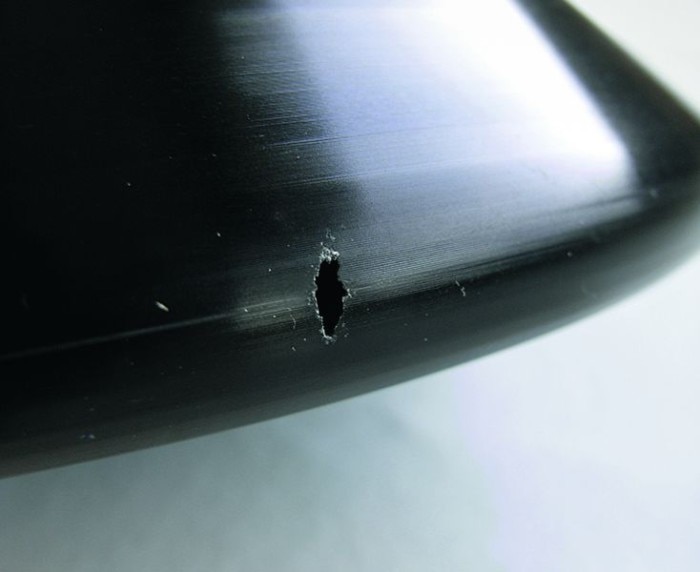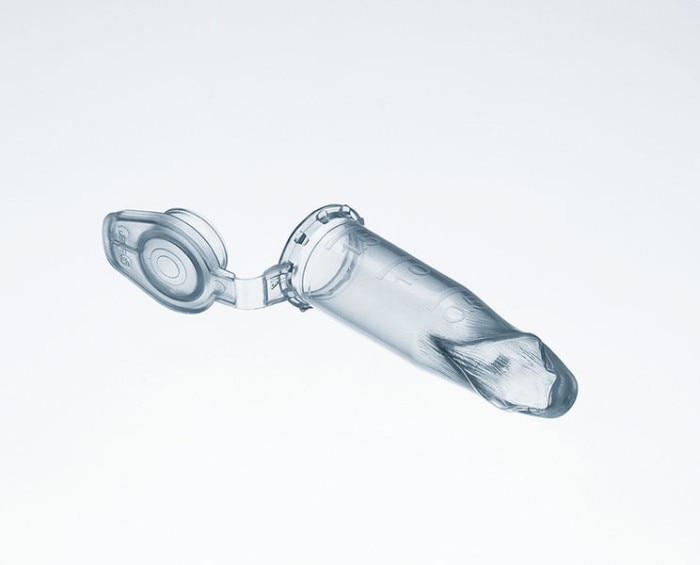MENU
CA | CAD
-
-
-
- Services pour bioprocédés
- Services pour centrifugeuse et rotors
- Services pour Mastercycler
- Services pour automates de pipetage
- Services pour congélateurs
- Services pour incubateurs
- Services pour agitateurs
- Services pour appareils de photométrie
- Service de contrôle de la température et de l’agitation
- Service pour pipette
-
-
-
-
- Services pour bioprocédés
- Services pour centrifugeuse et rotors
- Services pour Mastercycler
- Services pour automates de pipetage
- Services pour congélateurs
- Services pour incubateurs
- Services pour agitateurs
- Services pour appareils de photométrie
- Service de contrôle de la température et de l’agitation
- Service pour pipette
-
CA | CAD
-
- Centrifugeuses de paillasse
- Centrifugeuses au sol
- Centrifugeuses réfrigérées
- Microcentrifugeuses
- Centrifugeuses multi-fonctions
- Centrifugeuses haute vitesse
- Ultracentrifugeuses
- Concentrateur
- High-Speed and Ultracentrifuge Consumables
- Tubes de centrifugeuse
- Plaques de centrifugeuse
- Gestion des appareils
- Gestion des échantillons et des informations
Aucun résultat trouvé
Chercher des suggestions

Influences on Aerosol-Tightness
Découvrir les sciences de la vie
- Contamination
- Essay
- La vie au labo
A broad range of activities – including filling centrifuge tubes, removing caps or lids from tubes after centrifugation, and removing supernatant liquid and then resuspending pellets – can lead to the release of aerosols into the laboratory environment.
It is highly recommended you use aerosol-tight rotors and buckets to avoid contamination, especially when you handle substances that pose a health hazard as well as toxic liquids or pathogenic microorganisms.
However, the aerosol-tightness of a rotor is not always readily apparent as various factors play a role in this:
However, the aerosol-tightness of a rotor is not always readily apparent as various factors play a role in this:
Lire moins
Videos not loading, because cookies have been rejected. Change your

Mechanical stress
Rotors are high-grade components subject to extreme mechanical strain. Any rotor structure will eventually suffer fatigue when stressed by a certain number of load changes or cycles. As a centrifuge rotor is repeatedly accelerated up to operating speed and then decelerated to zero speed, the material repeatedly stretches and relaxes. Over the long term, this results in changes to the metallic microstructure of the material. The more weight you centrifuge at a higher speed, the more you stress the rotor material.
Lire moins
Material
The direct relationship between a material being closer to its elastic limit (when using maximum weight in combination with full speed) and a large number of load changes means changes in a material’s microstructure may result in microscopic cracks. Over the course of operation, these “microcracks” will grow. In a worst-case scenario, the entire rotor may crack during a run, resulting in a centrifuge crash. Rotors and lids made of plastic may have a higher risk of experiencing microcracks. Metal rotors and lids, for example those made of aluminum, are more stable.
Plastic rotors, on the other hand, are highly resistant to chemicals, but can only withstand a limited number of autoclaving cycles before the rotor’s aerosol-tightness is significantly reduced. After a certain number of cycles, plastic rotors cannot be used anymore, and they have to be replaced.
Rotors and lids made of metals like aluminum are more applicable in this case.
With these rotors and lids, you only have to replace the sealing ring after a certain number of autoclaving cycles.
In general, plastic rotors are resistant to various kinds of aggressive chemicals because they are not as sensitive to corrosion. Some metal rotors, on the other hand, do have special coatings like PTFE, which are also very resistant to aggressive chemicals.
Only use neutral agents (e.g., diluted alcohol-based disinfectants or a 70% isopropanol mixture) to clean and disinfect equipment. Aggressive chemicals can damage the rotor, buckets, and chamber (see above). You should always regularly check the rotor for damage caused by corrosion. To prevent corrosion, you should, for instance, immediately remove salt crystals.
Rotors and lids made of metals like aluminum are more applicable in this case.
With these rotors and lids, you only have to replace the sealing ring after a certain number of autoclaving cycles.
Aggressive chemicals
Another influence on the aerosol-tightness of rotors stems from aggressive chemicals.These chemicals include concentrated and mild alkalis, concentrated acids, solutions containing mercury ions, copper ions and other heavy-metal ions, chlorinated hydrocarbons, and concentrated saline solutions. The sealing rings of aerosol-tight rotors are particularly impacted by these aggressive chemicals.In general, plastic rotors are resistant to various kinds of aggressive chemicals because they are not as sensitive to corrosion. Some metal rotors, on the other hand, do have special coatings like PTFE, which are also very resistant to aggressive chemicals.
Cleaning and disinfection of rotors
If you intend to clean or decontaminate a rotor using a method not recommended by the manufacturer, you should consult the manufacturer in advance to ensure you do not damage the rotor.Only use neutral agents (e.g., diluted alcohol-based disinfectants or a 70% isopropanol mixture) to clean and disinfect equipment. Aggressive chemicals can damage the rotor, buckets, and chamber (see above). You should always regularly check the rotor for damage caused by corrosion. To prevent corrosion, you should, for instance, immediately remove salt crystals.
Lire moins
Centrifuge vessels
The rotor’s centrifuge vessels also have an indirect influence on aerosol-tightness since any liquid spilled into the rotor could, of course, be due to a broken vessel.Vessel breakage occurs for various reasons:
- The centrifuge vessel’s maximum was exceeded.
- The vessel’s material was not resistant to the liquid that was centrifuged.
- The vessel was previously damaged.
- The vessel does not fit in the rotor bores.


